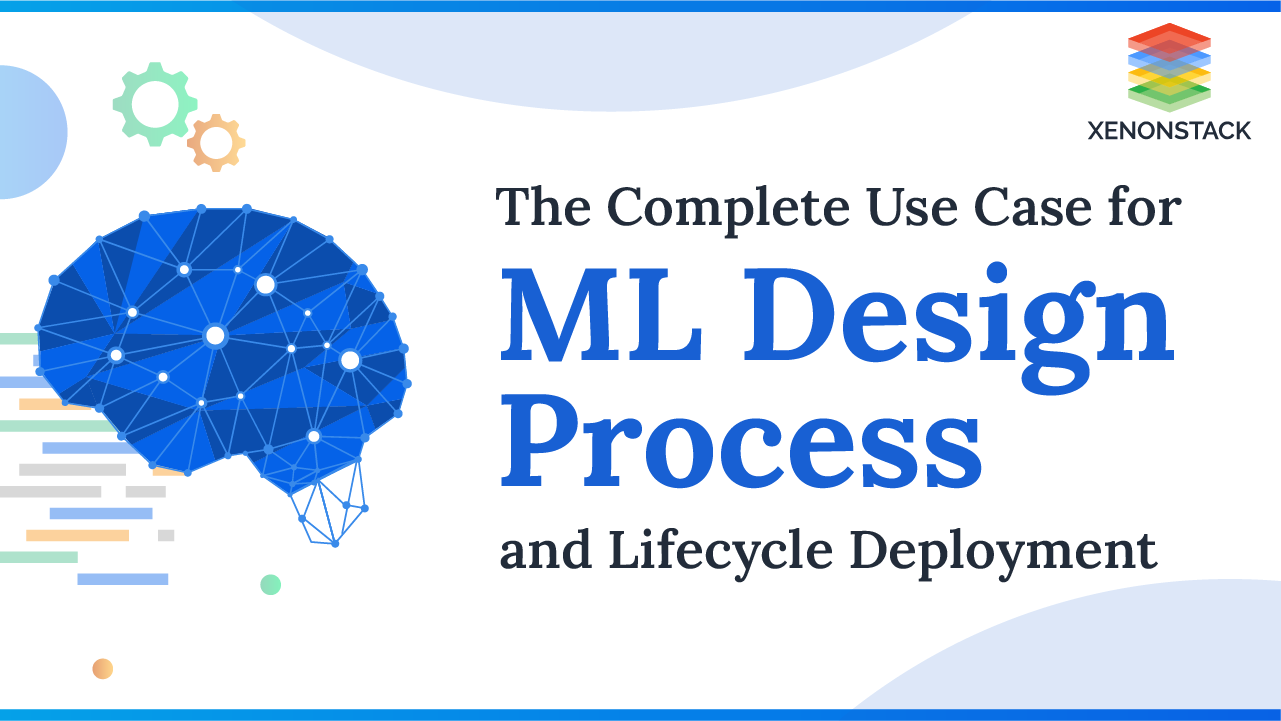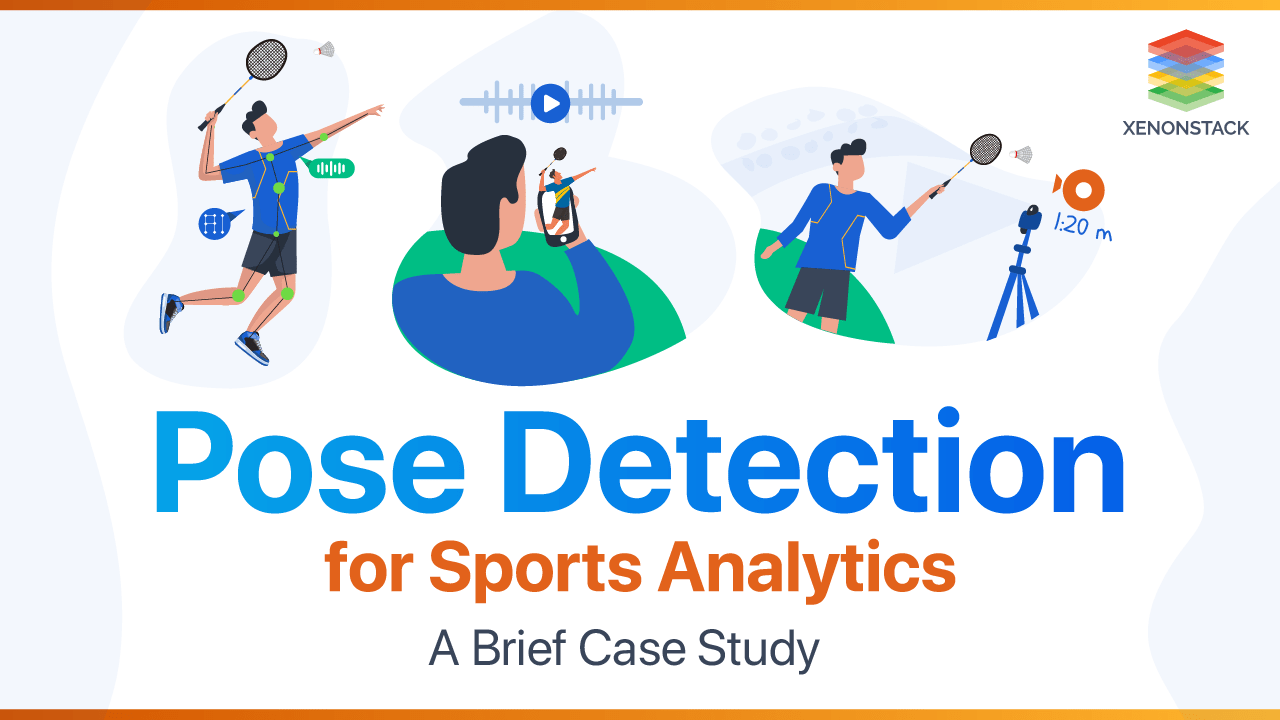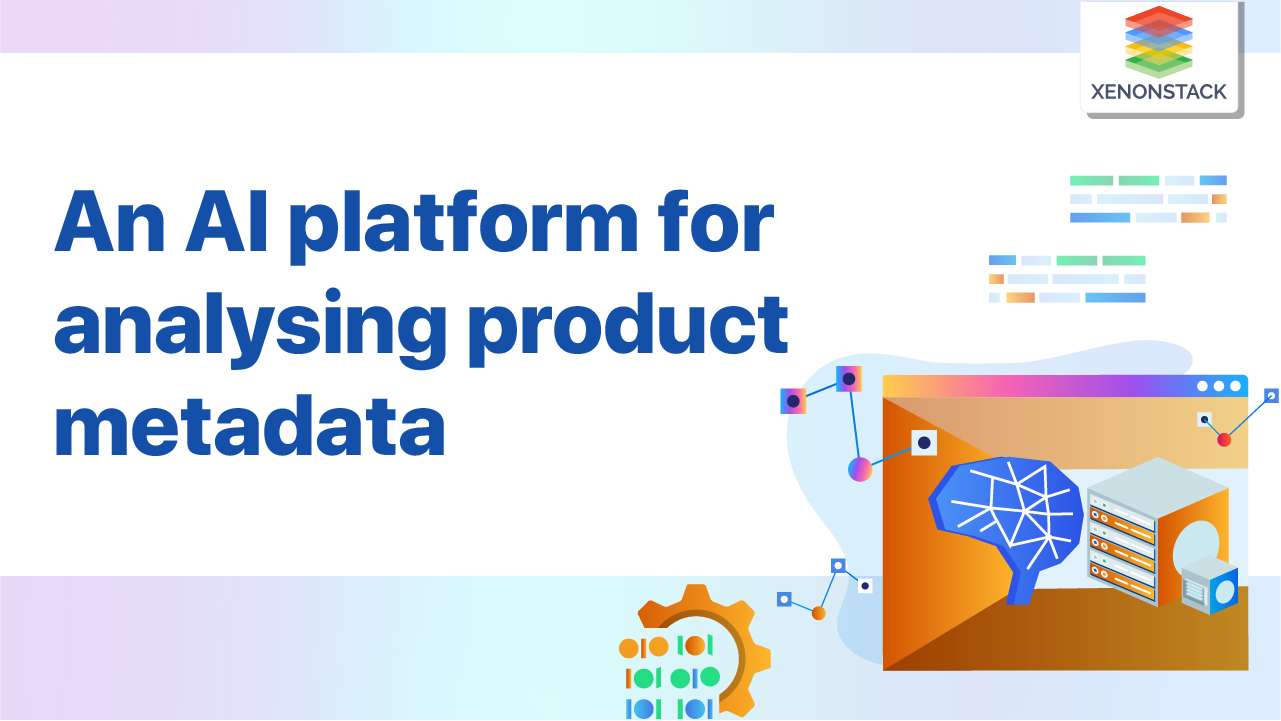Overview
In today’s fast paced world law enforcement agencies are currently utilizing legacy systems for their daily operations. These systems are difficult to navigate, slow, and often require significant resources to maintain and are not efficient and often require a significant amount of manual input which make it difficult for officers to access the information they need in a timely manner like
-
Emergency Response: Police receive emergency calls and officers are dispatched to the location as soon as possible and proper records are made.
-
Crime Investigation: Officers investigate the crimes which are reported, investigation is done to the best of effort and suspects are interviewed.
-
Patrols: Officers patrol neighborhoods to deter crime and respond to incidents.
-
Data Management: Police maintain records of incidents, criminals, and activities in databases.
Emergency Call Response: Ambulance crews respond to emergency calls, assess patients, and provide medical assistance on-site.They transport patients to hospitals or other medical facilities for further evaluation and treatment. Ambulance crews administer first aid, CPR, and other life-saving interventions as needed. They record patient information, vital signs, and treatment provided for accurate medical records.
Challenges with the current process
In the current processes adopted by the departments there are various challenges faced.
-
Limited Resources: Police departments often face constraints in personnel and budget, impacting their ability to respond effectively.
-
Data Overload: Managing and analyzing vast amounts of data (e.g., criminal records, incident reports) can be overwhelming.
-
Communication: Coordinating between different units or agencies can be challenging, leading to delays or inefficiencies.
-
Time Sensitivity: Ambulance crews often operate under time constraints, needing to reach and treat patients promptly, especially in life-threatening situations.
-
Resource Allocation: Ensuring the availability of ambulances and trained personnel to cover a wide area can be challenging, particularly in rural or underserved regions.
-
Communication and Coordination: Coordinating with hospitals, dispatch centers, and other emergency services is essential for patient care but can be slowed down by communication breakdowns or logistical issues.
AI-Powered Solution
Both the police and ambulance services face shared challenges such as resource limitations, data management complexities, communication inefficiencies, and time-sensitive operations. These challenges can hinder their ability to provide timely and effective emergency response and patient care. By utilizing Voice-Enabled Agent with Generative AI we can cater to the above problems faced as:
-
Real-Time Assistance: The voice-enabled agent can provide immediate support to both police officers and ambulance crews, offering guidance and information tailored to the specific situation.
-
Data Management: It can assist in managing and analyzing data, extracting relevant information, and presenting information to aid decision-making.
-
Communication Facilitation: The agent can facilitate communication between different units or emergency services, improving coordination and response times during critical incidents.
-
Personalized Assistance: Using generative AI, the agent can adapt its responses to individual preferences and contexts, providing personalized assistance to patients.
![]()
Figure: High level flow of the solution.
Technical Approach Outline
Define the agent’s Purpose and Scope: Understanding the agent’s intended function is critical. For the agent that handles health and law enforcer-related work, it should handle queries about law documents and all the vital health information available to answer the query asked by the user. It is important to understand the types of questions it should answer and the tasks it should perform.
Work with audio and streaming protocols: User audio may come from various sources like web, phone call. These audios will come in different encodings, formats, and be sent over via different streaming protocols. Our first step would be to process these audio signals and store them in a suitable format and encoding. We can use python’s library sound device as an example to record the audio.
For storing the audio, we can use Pydub that lets us save audio in any format, which includes all audio types we might encounter in your daily life. We can also use Google’s Speech-to-Text API for voice recognition for simplifying our tasks by directly calling the API with appropriate payload and obtaining the information.
Understand the audio: There are various signals from audio that are vital for accurate response generation
-
Text: Generated needs to be streaming and needs to be as fast and accurate as possible i.e., we should reduce latency as much as possible.
-
Emotion: Understanding the emotional state of the other party is vital to make a good response in conversation. Which can be achieved via NLP (Natural Language Processing).
-
Audio signal quality: The received signal quality may have arbitrary noise which must be considered while generating response.
Generating the responses: For generating a response, the agents should infer when to start after the decision is made whether to speak or not. The prompt needs to be generated from the voice of the user.
-
RAG (Retrieval Augmented Generation): For customized functionality to answer via context, relevant data pertaining to law enforcers and health information is embedded via AWS Bedrock Titan model or Hugging Face Transforms and saved into a vector database and retrieves only the relevant information. This relevant information will be part of the prompt that gets fed into the LLM (Large Language Model) (Large Language Model).
The vector database can be selected according to convenience, considering factors such as cost and latency of insertion and retrieval of vectors. One such example is Qdrant which gives a free cluster for 1 million vectors hosted on google cloud and easily accessible via API.
-
LLM: An appropriate large language model will be used for powering up our use case. The prompt along with the relevant context fetched from the Qdrant is input into our model to get the output. The model can be a fine-tuned self-hosted model, or API calls to providers like AWS Bedrock or open-source services. Based on the context and prompt, an appropriate response is generated and displayed to the user. The accuracy can be measured for future enhancements.
.png?width=1281&height=797&name=image%20(17).png)
For now, we can skip speech queue and device status to ease the complexity.
After the voice is converted into text, the agent generates appropriate response to the user.
Emergency Response Agent: This agent can handle emergency calls, assess the situation based on the information provided, and dispatch appropriate resources. It can provide real-time updates and guidance to officers on the field, such as route optimization and situational awareness.
Emergency Medical Response Agent: This agent assists ambulance crews in assessing patient conditions, providing treatment protocols, and coordinating with hospitals. It can offer real-time medical guidance based on symptoms, vital signs, and patient history, helping crews make informed decisions. The agent may also facilitate communication with medical specialists or provide remote consultations for complex cases.
System Architecture Overview
The architecture can be explained as:
Data Serving: The system gathers data from various sources, processed through an ETL pipeline and loads it into a storage system. The processed data is stored and then ingested into the system, for LLM to use. The ingested data is served to the LLM through various API.
LLM Serving: The LLM Serving component is built on top of a foundation model, which provides the basis for the LLM's language understanding and generation capabilities.
-
The parsed and cleaned data is then embedded and vectorized using OpenAI's embedding or Hugging face Transforms and vector creation techniques.
-
The embedded and vectorized data is stored in a database model like Qdrant, which provides APIs for accessing and interacting with the LLM and the agent within.
LLM Application: The LLM Agent Core is the central component that manages the LLM's interactions with various agents and ApI’s. The LLM Agent Core has the following:
-
The agent memory stores the results of each tool used in the decision-making process and acts as a knowledge base that the agent can access and update as it iterates through the tools. The data stored is utilised via semantic search for RAG application.
-
The agent router is responsible for selecting the next tool to use based on the current state of the memory and the input question. To make a decision like which agent to choose to fulfil the query.
-
Utilizes LangChain and Llamalndex, which are components that enable the LLM to process and generate human-like language outputs to the user secured via guardrails.
Hallucination Evaluation: The system incorporates monitoring mechanisms to track the LLM's performance and output like LangSmith and Grafana.
Key Findings and Insights
-
Real-Time Assistance: Voice-enabled agents provide real-time information and assistance, crucial for time-sensitive situations in both police and ambulance services.
-
Automated Dispatch and Triage: These agents can automate the dispatch process and triage calls, ensuring resources are allocated efficiently and effectively.
-
Language Translation: They offer language translation capabilities, enhancing communication in diverse communities and improving service delivery.
-
Data Management: Voice-enabled agents can assist with data entry and report generation, significantly reducing the administrative burden on personnel.
Benefits of Innovation
-
Enhanced Operational Efficiency: Automates routine tasks, freeing up officers to focus on critical duties. Streamlines emergency response, reducing response times.
-
Improved Accuracy and Data Quality: Minimizes human errors in data entry and information retrieval.
-
Better Community Interaction: Provides language translation services, improving communication in multilingual communities.
-
Faster Emergency Response: Automates call triage, ensuring that high-priority cases are identified and responded to quickly. Enhances the efficiency of resource dispatch, potentially saving lives.
-
Improved Patient Outcomes: Provides real-time medical guidance and support to paramedics en route.
-
Patient and Provider Support: Offers reminders and follow-up care instructions, improving patient adherence to treatment plans.
Conclusion
Implementing a voice-enabled generative agent for police and healthcare assistant ambulance services offers many benefits, ranging from improved communication and accessibility to enhanced safety and community engagement. By leveraging advanced technology, such systems can revolutionize emergency response, providing real-time decision support, optimizing resource allocation, and saving lives. With continuous learning and adaptation, these systems can evolve alongside evolving challenges, ensuring that law enforcement and healthcare services remain efficient, effective, and responsive in emergencies.



